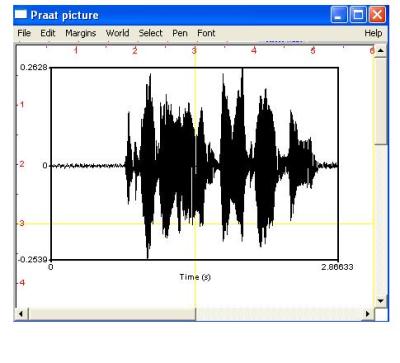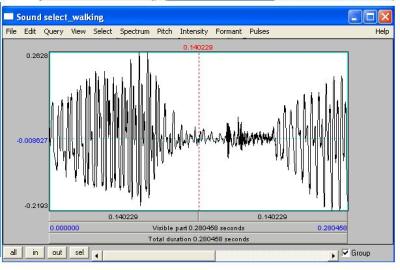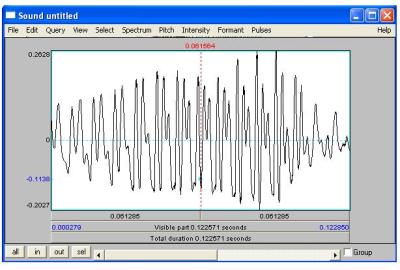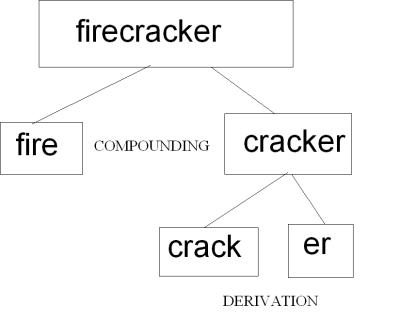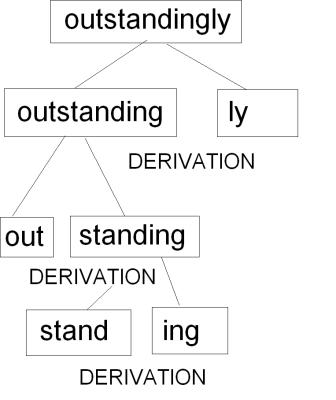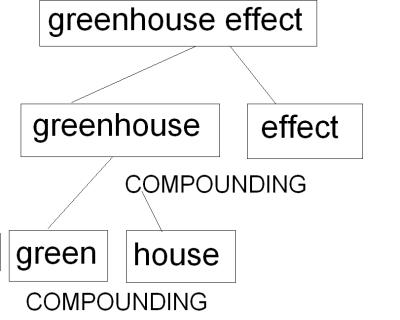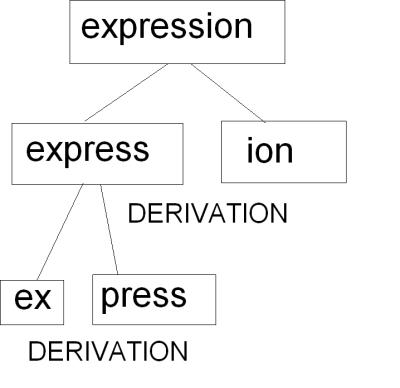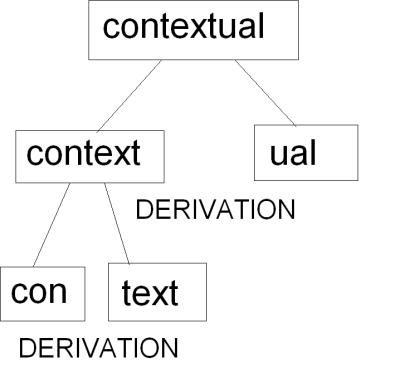Session on January, 25 - Applied Linguistics
This lecture's topic was "Applied Linguistics" and how to apply text theory e.g. by formatting a text.
Homework
- What are text objects? Name two and give typical properties.
- What are document objects? Name one and give typical properties.
- What are paragraph styles? Name two types of paragraph. For each type, give their typical properties.
- characters: properties of characters are font, size, colour; characters can also be underlined, made bold or be written in italics.
tables: properties of tables include borders, number of rows/columns, spacing, head-row and also properties of the characters which fill out the cells - page: properties of a page are the size, the margin, header and footer
- Paragraph styles in word processors format paragraphs by giving a clear structure to them. Paragraph properties are e.g. headings and subheadings (heading 1, heading 2,...), spacing, indentation. In word processors these properties are usually predefined in the "Default"-settings, but a user can alter these settings to make them more appropriate for his purpose.
